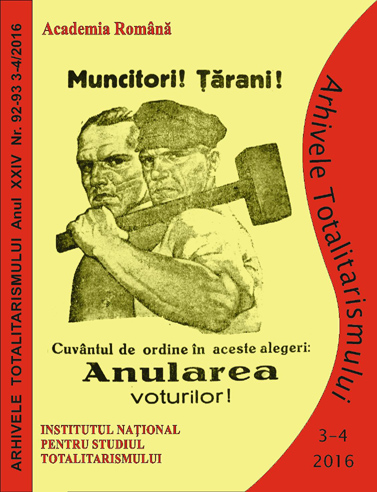Sixty Years After: Reassessing the Hungarian Revolution of 1956
Sixty Years After: Reassessing the Hungarian Revolution of 1956
Author(s): Dragoş Nicuşor PetrescuSubject(s): Politics / Political Sciences, History, Political Sciences, Civil Society, Comparative history, Political history, Recent History (1900 till today), Post-War period (1950 - 1989)
Published by: Institutul National pentru Studiul Totalitarismului
Keywords: 1956; Hungarian Revolution; cultural-structural analysis; snowballing effect;
Summary/Abstract: The present study examines the causes, unfolding and outcome of the Hungarian Revolution of 1956 from a cultural-structural perspective and argues that this revolution can be explained on the basis of a theoretical model which focuses on structural, conjunctural and nation-specific factors. This study concludes that, although an incipient “snowballing effect” did occur in 1956, the aggregation of the factors mentioned above did not lead to a regime change in Hungary, but to a communist counter-revolution conducted by Moscow. The long-term effects of the Hungarian Revolution of 1956 were undeniable:in 1989, the countries which opened the sequence of collapse of the communist regimes in ECE were Poland and Hungary, that is, those countries that had already experienced a revolutionary situation in 1980–81 and, respectively, in 1956.
Journal: Arhivele Totalitarismului
- Issue Year: XXIV/2016
- Issue No: 3-4
- Page Range: 126-140
- Page Count: 15
- Language: English
- Content File-PDF

